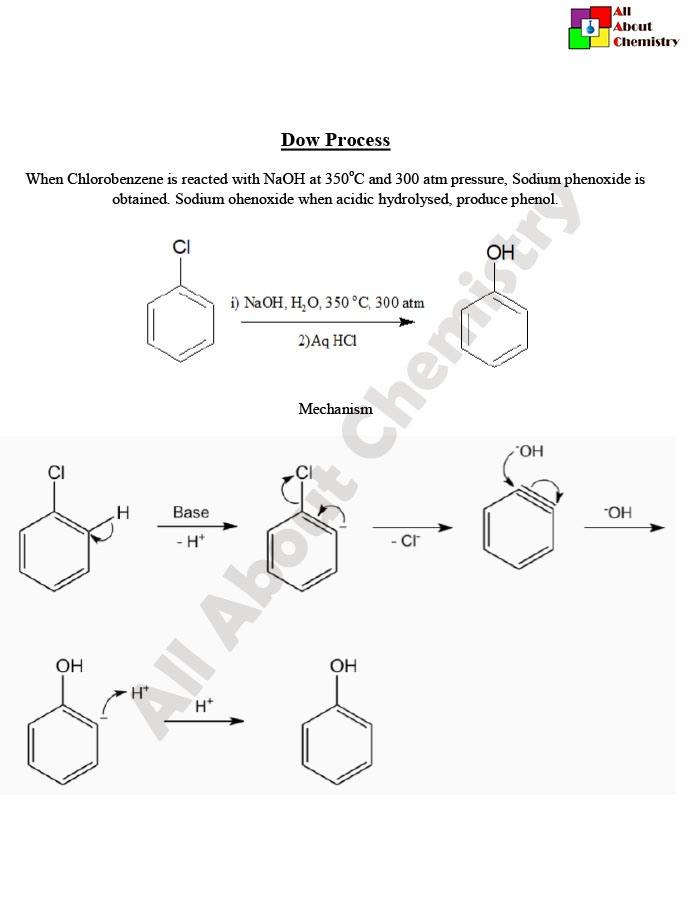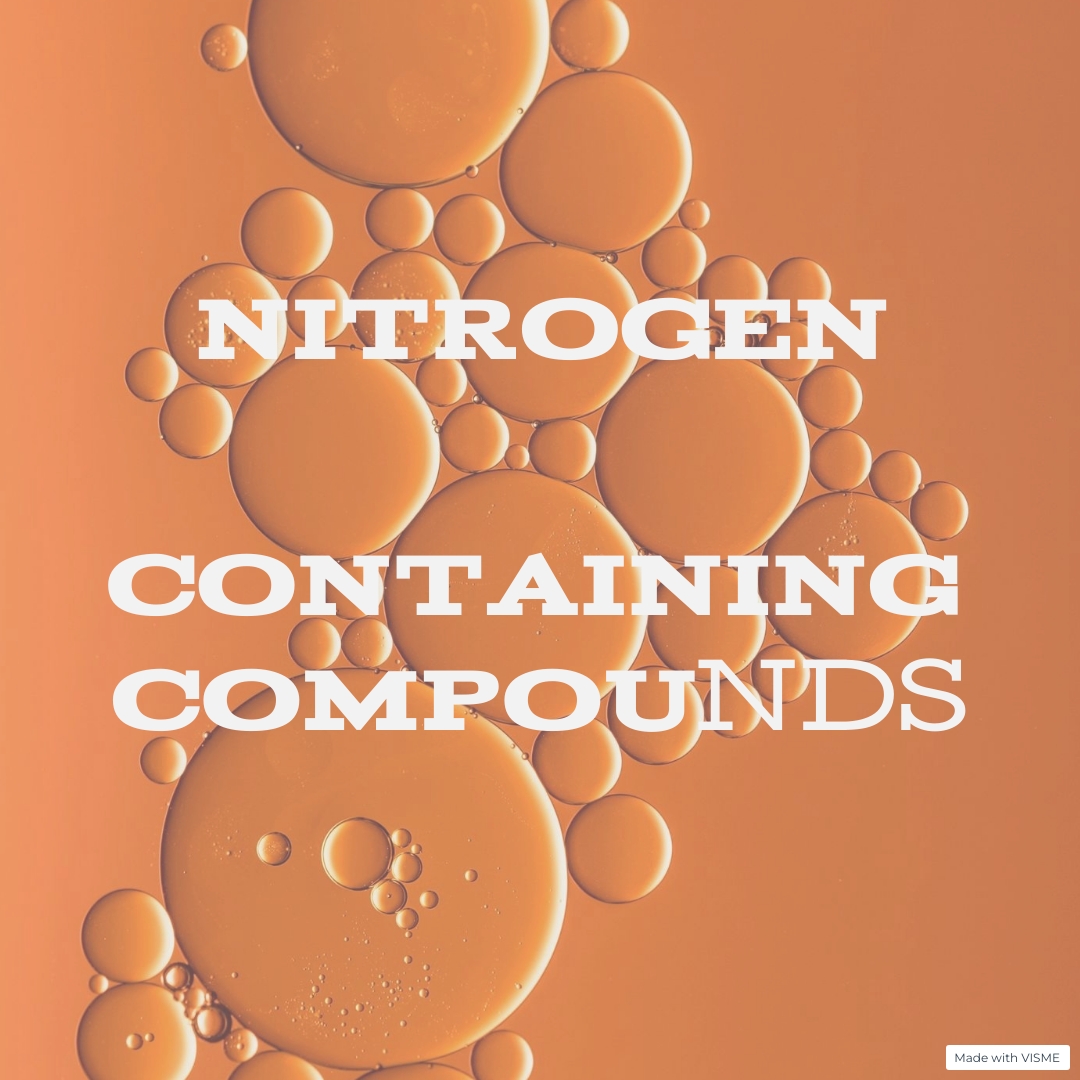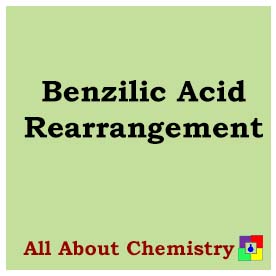The Dow process, also known as the Dow hydroalkylation process or the Dow alkylaryl process, is a chemical process used in the industrial production of linear alkylbenzenes (LABs). LABs are important intermediates in the production of detergents, particularly linear alkylbenzene sulfonates (LAS), which are widely used as surfactants in laundry detergents and other cleaning products.
The Dow process involves the alkylation of benzene with linear mono-olefins (alkenes) to produce LABs. The key steps of the Dow process are as follows:
- Olefin Generation: Linear mono-olefins are typically produced by the catalytic dehydrogenation of linear paraffins (alkanes) obtained from petroleum feedstocks. This step involves the removal of hydrogen from the alkane molecules, resulting in the formation of mono-olefins.
- Alkylation of Benzene: The generated linear mono-olefins are then reacted with benzene in the presence of a catalyst, typically a solid phosphoric acid catalyst supported on a suitable inert material. The alkylation reaction involves the addition of the olefin to the benzene ring, leading to the formation of linear alkylbenzenes.
- Separation and Purification: The reaction mixture is then subjected to separation and purification steps to isolate the desired linear alkylbenzenes from the reaction by-products and unreacted starting materials. This typically involves distillation and other separation techniques to obtain high-purity LAB products.
- Sulfonation: The purified linear alkylbenzenes are subsequently sulfonated to produce linear alkylbenzene sulfonates (LAS). This sulfonation step involves the reaction of the LABs with sulfur trioxide or sulfuric acid, followed by neutralization to obtain the final LAS products.
The Dow process is widely used in the detergent industry due to its efficiency, cost-effectiveness, and ability to produce high-quality linear alkylbenzenes suitable for sulfonation. LAS obtained from the Dow process are important components of many household and industrial cleaning products, contributing to their foaming, wetting, and cleaning properties. Additionally, the Dow process has undergone various improvements and optimizations over the years to enhance its efficiency and environmental sustainability.
The Dow process, or the Dow hydroalkylation process, involves the alkylation of benzene with linear mono-olefins to produce linear alkylbenzenes (LABs). While the exact mechanism of the Dow process may vary depending on the specific conditions and catalysts used, a simplified mechanism can be proposed as follows:
- Activation of Benzene: The first step involves the activation of benzene by the solid phosphoric acid catalyst. The catalyst protonates the benzene ring, increasing its electrophilicity and facilitating the subsequent addition of the olefin.
- Olefin Activation: Simultaneously, the linear mono-olefin (alkene) is activated by coordination to the acidic catalyst, leading to the formation of a carbocation intermediate. This activation step may involve protonation of the double bond or coordination of the olefin to Lewis acidic sites on the catalyst surface.
- Alkylation: The activated benzene ring undergoes electrophilic aromatic substitution, where it attacks the carbocation intermediate derived from the olefin, leading to the formation of the alkylated benzene product. This step results in the formation of a new carbon-carbon bond between the benzene ring and the alkyl group from the olefin.
- Regeneration of Catalyst: After the alkylation step, the solid phosphoric acid catalyst regenerates by releasing a proton, which can then react with another molecule of benzene to initiate a new cycle of alkylation.
This simplified mechanism illustrates the key steps involved in the Dow process. However, it’s essential to note that the actual mechanism may involve additional complexities, such as side reactions, catalyst deactivation, and variations in reaction conditions, which can influence the overall efficiency and selectivity of the process.

The Dow Process, or the Dow Hydroalkylation Process, is primarily utilized in the industrial production of linear alkylbenzenes (LABs). These LABs serve as crucial intermediates in the manufacturing of linear alkylbenzene sulfonates (LAS), which are extensively used as surfactants in various cleaning products, such as laundry detergents, dishwashing liquids, and industrial cleaners. The applications of the Dow Process and its resulting LABs include:
- Production of Linear Alkylbenzene Sulfonates (LAS): LABs obtained from the Dow Process serve as key intermediates in the synthesis of LAS, which are anionic surfactants widely used in detergents. LAS are highly effective in removing dirt, oil, and grease from various surfaces, making them essential components of household and industrial cleaning products.
- Household and Industrial Cleaning Products: LAS derived from LABs produced via the Dow Process are used in a wide range of household and industrial cleaning products. These include laundry detergents, dishwashing liquids, household cleaners, industrial degreasers, and vehicle wash solutions. LAS provide excellent foaming, wetting, emulsifying, and cleaning properties, making them indispensable in cleaning formulations.
- Personal Care Products: LABs are also utilized in the formulation of personal care products, such as shampoos, body washes, hand soaps, and liquid hand sanitizers. LAS act as surfactants in these products, facilitating the removal of dirt, oils, and impurities from the skin and hair, while providing a rich lather and pleasant sensory experience.
- Industrial Applications: LABs and LAS find applications beyond household and personal care products. They are used in various industrial processes, such as metal cleaning, textile processing, leather tanning, and petroleum recovery. LAS are also employed as wetting agents, emulsifiers, and dispersants in agricultural formulations and oilfield chemicals.
- Oilfield Chemicals: LAS are utilized in the oil and gas industry as components of drilling fluids, fracturing fluids, and enhanced oil recovery (EOR) chemicals. They help improve the efficiency of drilling operations, enhance oil recovery rates, and stabilize drilling muds and emulsions.
Overall, the Dow Process plays a critical role in the production of LABs, which are essential intermediates in the manufacturing of LAS used in a wide range of cleaning, personal care, industrial, and agricultural applications. The versatility and effectiveness of LABs and LAS make them indispensable components of modern cleaning and surfactant formulations.








